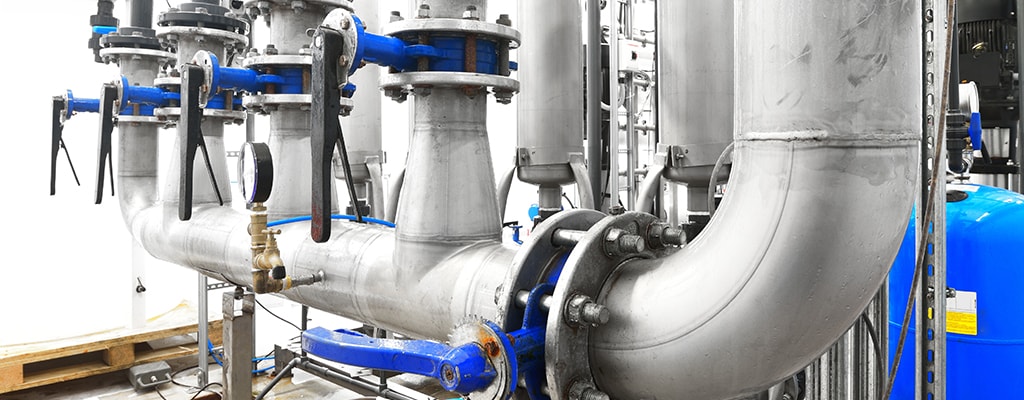
Application
Heat Pumps
Creating comfortable indoor spaces while maintaining a cost-effective building is a common challenge for modern HVAC systems. A heat pump is one cost-effective solution to provide heating and cooling in a single unit.
Sensors for pressure, temperature, flow, and humidity are making these systems smarter and more efficient. However, sensors must be cost effective, accurate and reliable as part of heat pump systems as the environments they operate in can be quite harsh. For climates with moderate heating and cooling needs, heat pumps offer an energy-efficient alternative to furnaces and air conditioners. Like your refrigerator, heat pumps use electricity to move heat from a cool space to a warm space, making the cool space cooler and the warm space warmer. During the heating season, heat pumps move heat from the cool outdoors into your warm house and during the cooling season, heat pumps move heat from your cool house into the warm outdoors. Because they move heat rather than generate heat, heat pumps can provide equivalent space conditioning at as little as one quarter of the cost of operating conventional heating or cooling appliances. Typical heat pump systems will utilize an array of sensors to monitor the cooling or heating process as well as to monitor both the indoor and outdoor environments. Applications include sensing air, water, or refrigerant temperature with specialized temperature sensors for defrost indoor and outdoor air and others. Pressure sensors are used to monitor air flow or water pressure and humidity is typically monitored indoors as well as outdoors. Sensor data is used to optimize a heat pump’s operations and, additionally, sensor data can help monitor system efficiency and determiner maintenance needs. With enough data, a smart HVAC system can automate and manage the flow and direction of fluid through a heat pump as demands change.



